#Ancient Greek mosaics
Explore tagged Tumblr posts
Photo

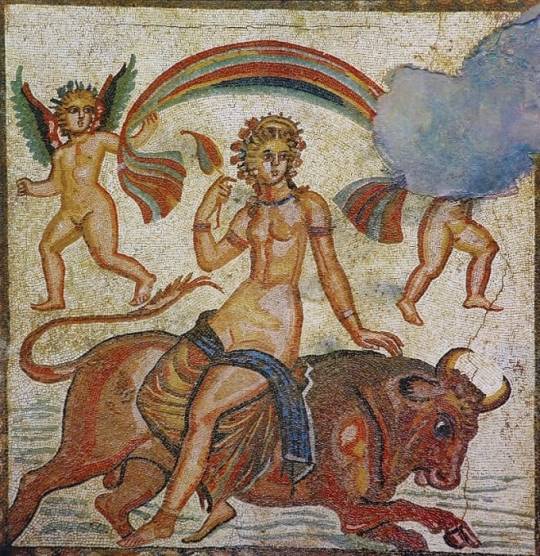
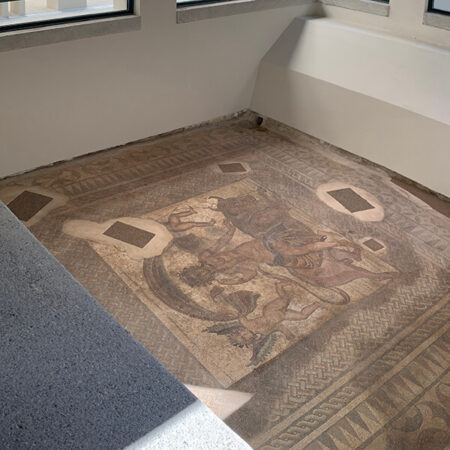
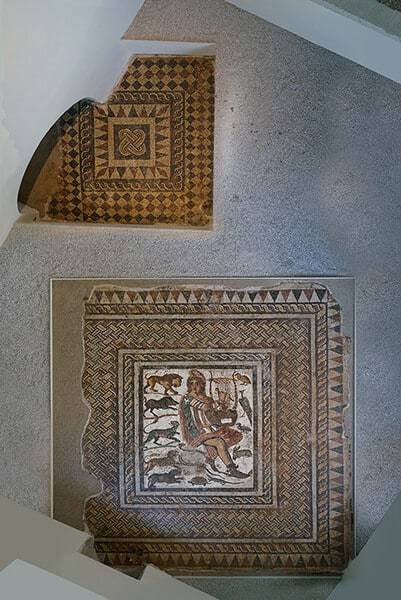

Stunning Ancient Mosaics Adorn New Museum in Sparta, Greece
Two rare Roman floor mosaics discovered in Greece will feature in a new museum in Sparta which officially opens on November 21st.
The Abduction of Europa and Orpheus with the Animals mosaics were accidentally discovered in the late 19th century on private property.
The two mosaics discovered in 1872 and 1877 are from the end of the 3rd century AD and the start of the 4th century AD.
Mosaics in Greece fell to obscurity
Until now, the mosaics had no permanent home. One was left in a private garden while the other was placed in a wine storage space. The property was bought by the state, and a shelter was erected over them after which the mosaics fell to obscurity.
Researchers believe the two mosaics were part of the decoration of a bath complex. Possibly, the bath infrastructure and mosaics were part of a rich Roman house or two neighboring ones.
Both are distinguished for their composition, rich colors, and craftsmanship.
The 2.05 x 1.98 meter mosaic with the representation of the Abduction of Europa is the central theme of a larger mosaic floor. The woman is depicted sitting on the back of a bull, the form taken by Zeus, in motion towards the right while two winged cupids frame the figure.
With the introduction of the euro as the common European currency on January 1, 2002, Greece chose the representation of the Abduction of Europa in the Sparta mosaic as the motif for the two-euro coin, designed by Giorgos Stamatopoulos.
Orpheus is a Thracian bard, legendary musician, and prophet in ancient Greek religion. He was also a renowned poet and, according to the legend, traveled with Jason and the Argonauts in search of the Golden Fleece. He even descended into the Underworld of Hades to get his lost wife, Eurydice, back.
Mosaics discovered in Greece tell the story of Europa and Zeus
In Greek mythology, Europa was a Phoenician princess of Argive Greek origin and the mother of King Minos of Crete. The continent of Europe is named after her.
Zeus, the king of the Olympian Gods, transformed into a beautiful white bull to abduct her. The story of Europa is one of the most famous tales of love and lust between the gods.
Zeus was not only known for being the most prominent deity in the ancient Greek pantheon. He also had a reputation for endless love affairs.
Europa was picking flowers with her helpers when she suddenly saw the bull approaching from afar. The princess was astonished by the beauty of the animal. As they neared each other, he quickly leaned down at Europa’s feet in an act of utter submission to her. Encouraged by her helpers, she climbed on the animal’s back.
Zeus got up and slowly started walking around. Soon, however, he accelerated his pace and eventually broke into a gallop, with Europa clinging on for her life. The king of the gods and the frightened princess reached the seaside and dived into the sea.
Zeus had carried Europa from Phoenicia to Crete. Once they got to the island, Zeus reclaimed his human form and finally materialized his lust by mating with her under an evergreen tree.
Europa’s earliest literary reference is in the Iliad, which is most likely from the 8th century BC. Another early reference to her is in a fragment of the Hesiodic Catalogue of Women, discovered at Oxyrhynchus. The earliest vase-painting securely identifiable as Europa dates back to the mid-seventh century BC.
By Tasos Kokkinidis.
#mosaics#Ancient Greek mosaics#Stunning Ancient Mosaics Adorn New Museum in Sparta Greece#archeology#archeolgst#ancient artifacts#history#history news#ancient history#ancient culture#ancient civilizations#greek history#ancient greece#ancient greek art
35 notes
·
View notes
Photo
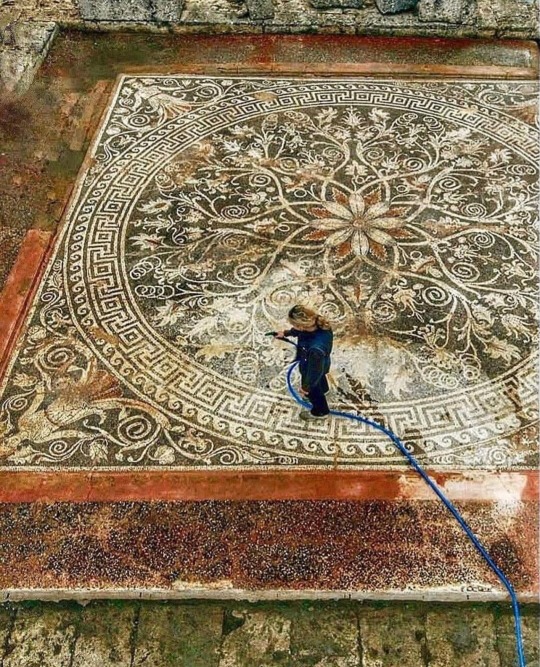
An elaborate pebble mosaic from Aegae Palace in Vergina, Macedonia, Greece. Built by Philip II (c. 359-336 BC), father of Alexander the Great, it is one of the largest and most spectacular Hellenistic mosaics known.
photocredit: 17th Ephorate of Prehistoric and Classical Antiquities, Greece
#greece#europe#ancient greece#ancient greek art#mosaic#aegae palace#macedonia#ancient mosaic#archaeological sites#vergina#imathia#mainland#greek culture#greek history
2K notes
·
View notes
Text


Two Satyrs (mosaic) , 4th century BC , Eretria (Evia Island)-Greece
(New Archaeological Discovery/ photos: Ministry of Culture)
#greek#art#art history#τέχνη#mosaic#satyrs#greek mythology#archaeological site#archaelogy#archaelogical#ancient art#excavation#archaeological#discovery#greece#symposium#dance#music#homoerotic art
588 notes
·
View notes
Text
Ancient Necklace with Mosaic Glass Beads, from the Eastern Mediterranean, c.100 BCE-100 CE: this necklace is composed of 30 glass beads, most of which are decorated with stylized faces

From the John Paul Getty Museum:
The beads are made of multi-colored opaque glass and are decorated with heads and floral designs. The necklace is in good condition; some beads are chipped or cracked.

The exact origin of this piece is unknown, but it can be traced back to the Eastern Mediterranean, where it was likely made by a Greek or Roman artist.
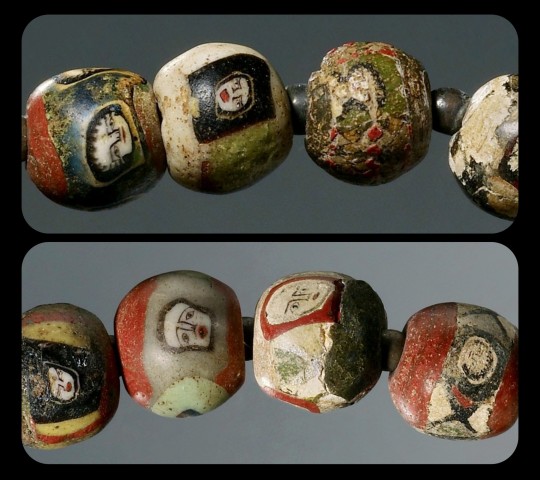
Each bead has a width of about 1.2cm (roughly half an inch); they're decorated with remarkably intricate details, and each face is depicted in its own unique style.

Sources & More Info:
John Paul Getty Museum: Necklace with Mosaic Glass Beads
#archaeology#artifact#history#ancient history#art#greek#roman#ancient art#antiquity#jewelry#beading#glass art#mosaic#crafting#greek art#roman art#eastern mediterranean#ancient#necklace#fashion#style#classical archaeology
2K notes
·
View notes
Text
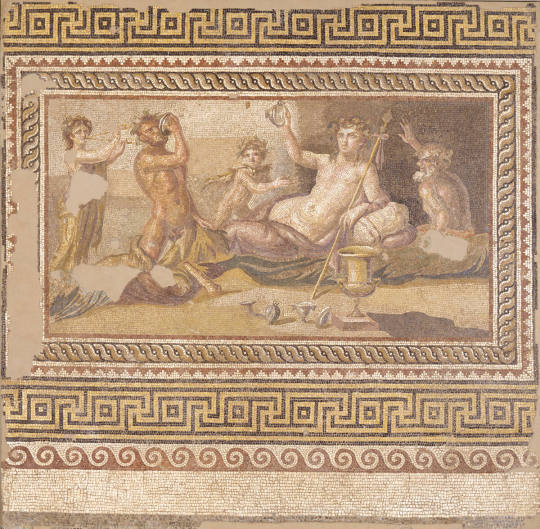
Heracles and Dionysus Drinking contest (Early 2nd AD century, Antioch, Imperial Roman mosaic)
This mosaic from an Atrium House in Antioch depicts a funny small story known in classical art as a drinking contest between Heracles (Hercules) and Dionysus (Bacchus). According to the story, Heracles challenges Dionysus in a drinking contest and of course loses. The result of their contest seems to be an anecdotal story that he joins his Thiasus for a short while.
In this mosaic we can spot Heracles naked and kneeling while chugging down from his cup (the lion mane and club resting before his knees). To the far left we can detect the figure of a double-flute playing menad while we see Dionysus casually resting upon pillows, holding a thyrsus/spear to his hand and showing his own empty cup to Heracles while being surrounded by the satyr Silenus (far right) and his cup-bearer, the little satyriscus to the center. One can also detect the golden-colored crater in the middle.
The parallels between the two figures seem to be incredible:
Both are sons of Zeus and both are arguably the youngest of their classes (Dionysus is the youngest god of the Olympians born by Zeus and Heracles according to some roman sources is the last demi-god from the last mortal lover Zeus takes)
Both are born by a mortal woman (Alcmene and Semele respectably)
Both have been induced in madness by Hera (Dionysus repeatedly while Heracles was turned mad and threw his children with Megara in the fire), and continusly targeted by the wrath of the goddess
Both become divine just in different ways (Dionysus is established as one of the 12 gods of Olympus while Heracles becomes a god post-mortem)
Both seem associated with Elysian mysteries
Both are associated one way or another with theater or role-playing (Dionysus being the god of theater among others while Heracles had at some point dress as a woman while living with Omphale)
One is associated with strength and power (Heracles) while the other is associated with art but also Madness (Dionysus)
Both are associated with the youth (Heracles for his war achievements while Dionysus is also portrayed as a youth many times)
Dionysus according to some myths is married to a god-made woman (Ariadne) while god-made Heracles marries a goddess (Hebe)
Both figures travel to the underworld (Heracles during his 12 labors when he goes to take Cerberus while Dionysus according to orphic traditions as Zagreus descends to the underworld to come back out as Dionysus through Semele)
Consequently to above, both figures suffered a painful death (Dionysus as Zagreus being torn to pieces and/or eaten by Titans, Heracles poisoned by Hydra's poison in Nessus's blood through his marital chiton and consequently burnt)
Both figures have been iconically depicted in association with a wild animal (Heracles wearing a lion skin, Dionysus either riding or wearing a leopard)
Both figures have myths that associate them with non-human creatures (Heracles having good time with the Centaurs, Dionysus being followed by Satyrs)
I find it interesting how we do not have more art or talk about these two iconic mythological figures!
#greek mythology#tagamemnon#heracles#hercules#dionysus#dionysos#bacchus#greek gods#ancient greek gods#ancient roman#archeology#mosaics#roman mosaics#hebe#ariadne#dionysus and ariadne#heracles and hebe#classical greek art#heracles and dionysus#hera#zeus#alcmene#semele#megara#ancient greek art#ancient greece
156 notes
·
View notes
Text

Bellerophon riding Pegasus and slaying the Chimera. Central medallion of a Gallo-Roman mosaic from Autun, 2nd to 3rd century AD.
#dark aesthetic#dark art#darkest academia#dark academia#greek myth art#greek mythology#roman art#roman mosaic#greek mythos#ancient greece#ancient greek mythology#greek heroes#ancient rome#roman empire#ancient history#classical antiquity#classical studies#greco roman mythology#greco roman
159 notes
·
View notes
Text
Kinda surprised by the amount of art of Eros messing with animals and other creatures just because
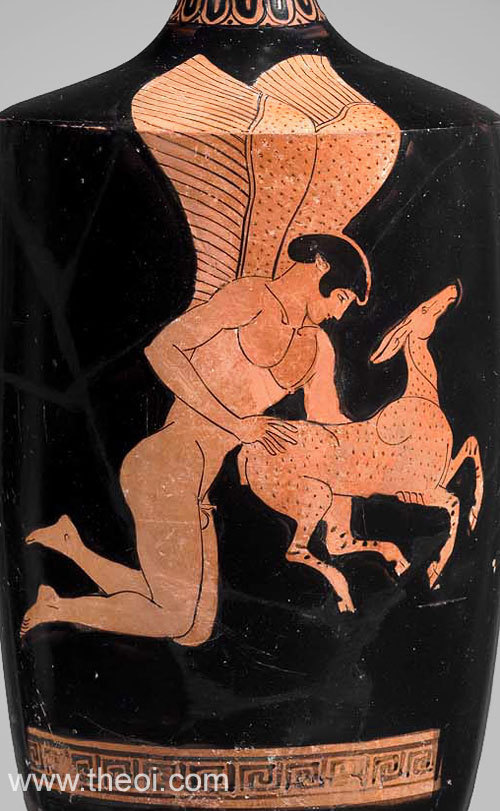
Eros bearing a fawn

Eros chasing a deer

Eros riding deers

Eros riding a crab (??????)
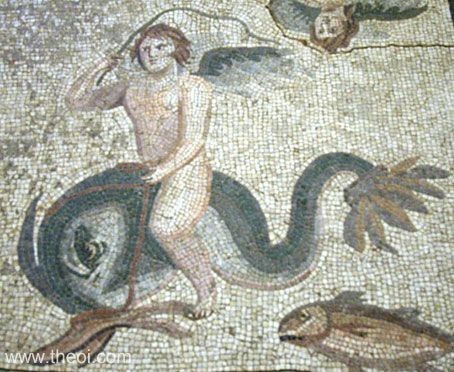


Eros riding dolphins (X X X) (WHY DOES HE HAVE A WHIP. PUT THAT DOWN.)
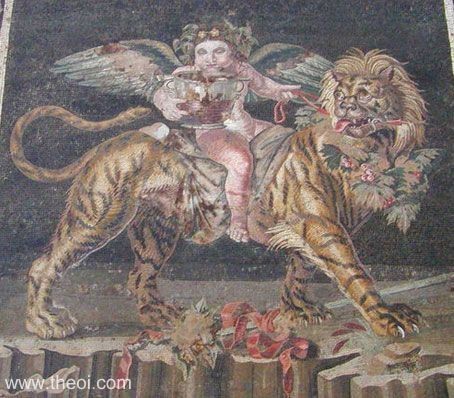
Eros riding a tiger
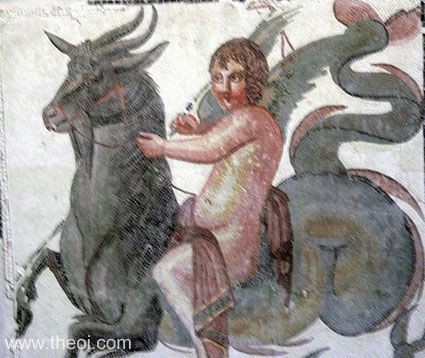
Eros riding Aegipan

Eros riding a centaur
Hes such a little menace. I love him actually
#Eros' haters heres the exit door ➡️🚪‼️#/j#he was bored#Don't be distracted in his presence because you WILL be tamed#sculpture#mosaic#cupid#erotes#art#greek mythology#mythology#greek myths#greek myth#myths#myth#mythos#mythoi#ancient greece#roman empire#ancient rome#greek god#greek gods#eros greek god
206 notes
·
View notes
Text


Situated in the House of the Faun, one of Pompeii's grandest residences, the Alexander Mosaic captures a pivotal moment of combat between two of antiquity's most famed figures: Alexander the Great and King Darius III of Persia. Unveiled to the world during excavations in the 19th century, this intricate masterpiece is believed to date back to around 100 BC.
Unlike many of its contemporaries which chronicled gods, myths, or benign depictions of daily life, the Alexander Mosaic chooses to bring forth the tempestuousness of battle, with its swirling chaos, the intensity of warriors, and the urgency of a combat's climax. The mosaic is not a mere static depiction; it throbs with dynamism and emotion, capturing the very essence of the turning point in the battle.
The artistry involved in this mosaic is nothing short of phenomenal. Each tessera, or the small tile used in the mosaic, is meticulously placed, creating a depth and realism that is astounding for its age. The contoured faces of Alexander and Darius are especially striking, with each expressing a world of emotion — Alexander's determination and Darius's dismay at the unfolding defeat.
377 notes
·
View notes
Text
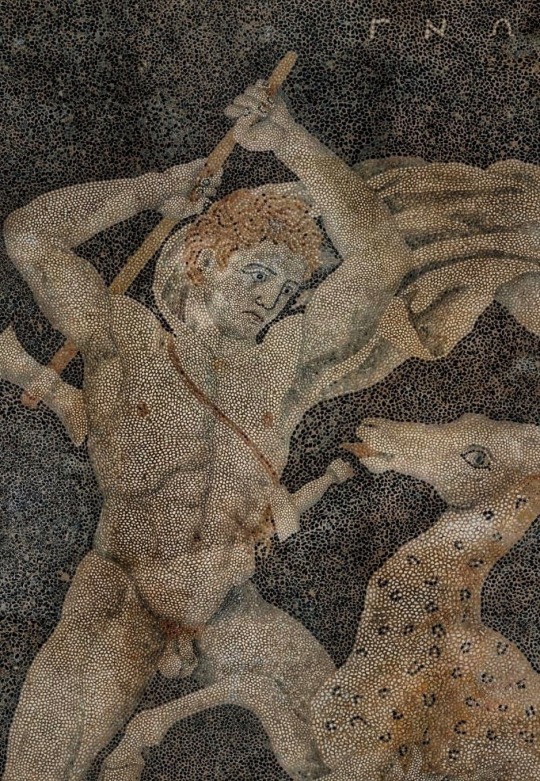
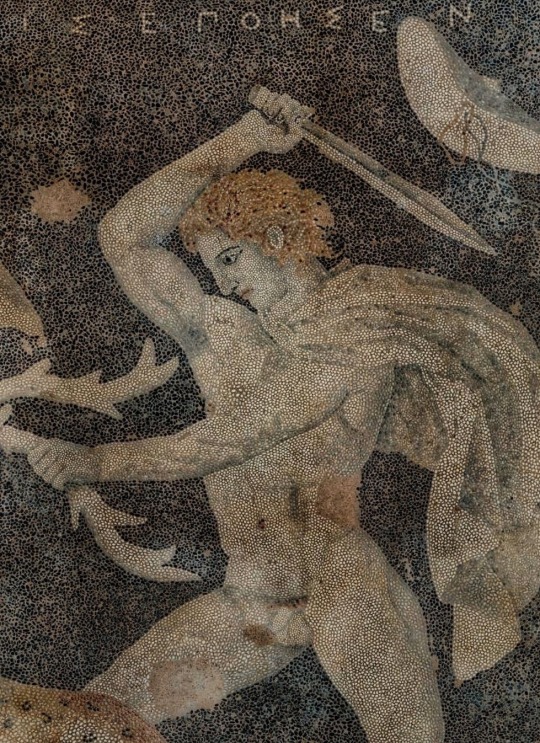
The Stag Hunt Mosaic (c. 300 BC). From the House of the Abduction of Helen, Pella, Greece. (details)
#mosaic#pella#greece#europe#art#archaeological#archaeology#mosaics#antiquity#history#european#stag#hunt#hunters#hunting#alexander the great#hephaestion#macedonia#macedonian#ancient greek#ancient greece#museum#floor#pebble#pebbles#greek#axe#sword
313 notes
·
View notes
Text
The Rivers all came together in order to make a complaint against the Sea. They told her "Why is it that we come to you with waters sweet and fit to drink, but you change them into something briny and undrinkable?". In response to the Rivers' criticism, the Sea replied "Don't come, and you won't get salty" – Aesop, 412 Perry Index

Thalassa [Θάλασσα], the Sea. — Church of the Apostles. Madaba, Jordan.
#tell 'em queen#thalassa#potamoi#ancient art#Aesops fables are the closest things “Thalassa” has to myths#and she's so fucking sassy in all of them#who doesn't love personified natural forces#also she looks amazing in that mosaic#I'd love to tag this as greek mythology but it kind of isn't#kind of
21 notes
·
View notes
Text
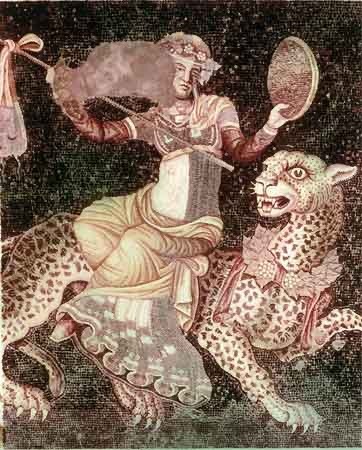
Dionysus Riding a Leopard, Mosaic, House of Masks in Delos, Greece, c. 120-80 BC. What a riot.
#ancient greece#art#art history#ancient history#greece#greek mythology#greek gods#dyonisus#mosaic#ancient art#antiquity#big cats
28 notes
·
View notes
Text
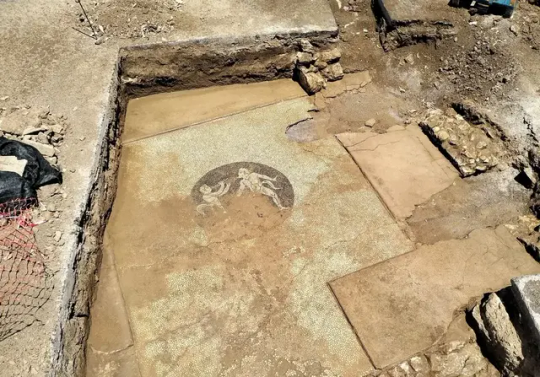
Archaeologists Discover Rare Pebbled Mosaic Featuring Naked Satyrs
Archaeologists excavating in ancient Eretria have discovered a pebbled mosaic floor featuring two naked satyrs.
Eretria was founded on the Greek island of Euboea, emerging as an important polis and trading centre from the 6th and 5th century BC.
The city was described as being involved in several significant historical events. It was listed by Homer in the Iliad as one of the Greek cities which sent ships to fight in the Trojan War.
During the Ionian rebellion against Persia in 499 BC, Eretria and Athens sent aid to their Ionian allies, resulting in the burning of Sardis, the capital of the Persian satrapy of Lydia.
Recent excavations by the Greek Ministry of Culture have unearthed a building near the sanctuary of Daphniforos Apollo, the “Quarter of the Panathenaic Amphorae” and the “House of the Mosaics”.
Within the building interior, archaeologists found a mosaic floor made from natural pebbles, with surviving walls on the south and east sides. The mosaic features a circular black medallion and two naked satyrs, a nature spirit with ears and a tail resembling those of a horse.
Satyrs were considered companions of the god Dionysus, which were thought to inhabit woodlands, mountains, and pastures. The Romans identified satyrs with their native nature spirits, fauns, often shown as a half-human and half-goat creatures.
Excavations also found a raised floor to the north and east sides of the room where reclining couches were likely placed. According to the archaeologists, the room dates from the 4th century BC and served as a banqueting space for celebrations and gatherings.
The area of the building was used as a cemetery during the early Christian era (5th to 6th century AD), where five tombs have been identified within the interior, and five more tombs adjacent to the exterior south wall.
By Mark Milligan.
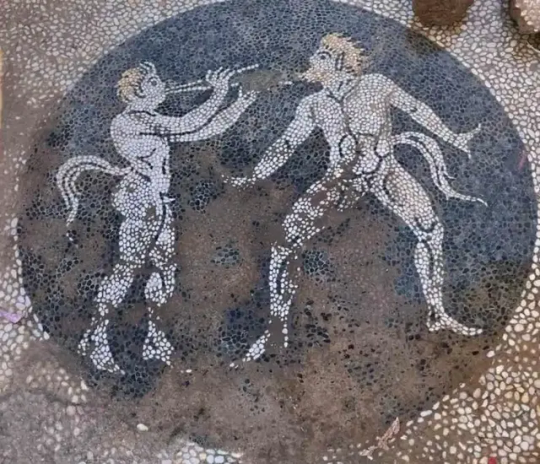
#Archaeologists Discover Rare Pebbled Mosaic Featuring Naked Satyrs#ancient Eretria#Greek island of Euboea#sanctuary of Daphniforos Apollo#mosaic#mosaic floor#ancient artifacts#archeology#archeolgst#history#history news#ancient history#ancient culture#ancient civilizations#ancient greece#greek history#greek art#ancient art
228 notes
·
View notes
Photo


Mosaic from the 4th century BC discovered in Erétria, Euboea island, Greece. The mosaic depicts two satyrs, the older one dancing at the melody played by the younger one. The mosaic was found in a location where more ruins of late classical artistocratic houses have been unearthed as Ancient Erétria was prospering at the time. Based on the dimensions and the shape of the room with this flooring, it was likely an “andronas”, the room of the house which was exclusive to men, where the symposia took place. The classical mansion was abandoned in later times and was turned to a Christian cemetery by the 5th - 6th century AD.
Source
#greece#ancient greece#mosaic#art#greek art#ancient greek art#satyr#greek mythology#classical greek art#eretria#euboea#evia#sterea hellas#central greece#greek islands#greek culture#greek history
71 notes
·
View notes
Note

Is that a scythe and a rake riding the chariot???
11 notes
·
View notes
Text

When in cologne...
#deities#deity#deity work#deity worship#greek gods#pagan#pagan witch#paganism#witch community#nature#dionysian#dionysus#dionysos#witchcraft#witches#hellenic pagan#paganblr#satyr#cologne#ancient greece#ancient rome#greek deities#mosaic
18 notes
·
View notes
Text
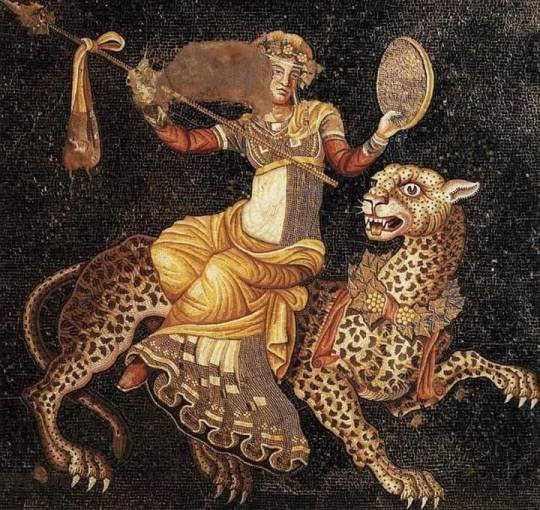
Mosaic of Delos depicting the god Dionysos
The mosaics of Delos are a significant body of ancient Greek mosaic art. Most of the surviving mosaics from Delos, Greece, an island in the Cyclades, date to the last half of the 2nd century BC and early 1st century BC, during the Hellenistic period and beginning of the Roman period of Greece. Hellenistic mosaics were no longer produced after roughly 69 BC, due to warfare with the Kingdom of Pontus and the subsequently abrupt decline of the island's population and position as a major trading center. Among Hellenistic Greek archaeological sites, Delos contains one of the highest concentrations of surviving mosaic artworks. Approximately half of all surviving tessellated Greek mosaics from the Hellenistic period come from Delos. Text from Wikpedia
6 notes
·
View notes